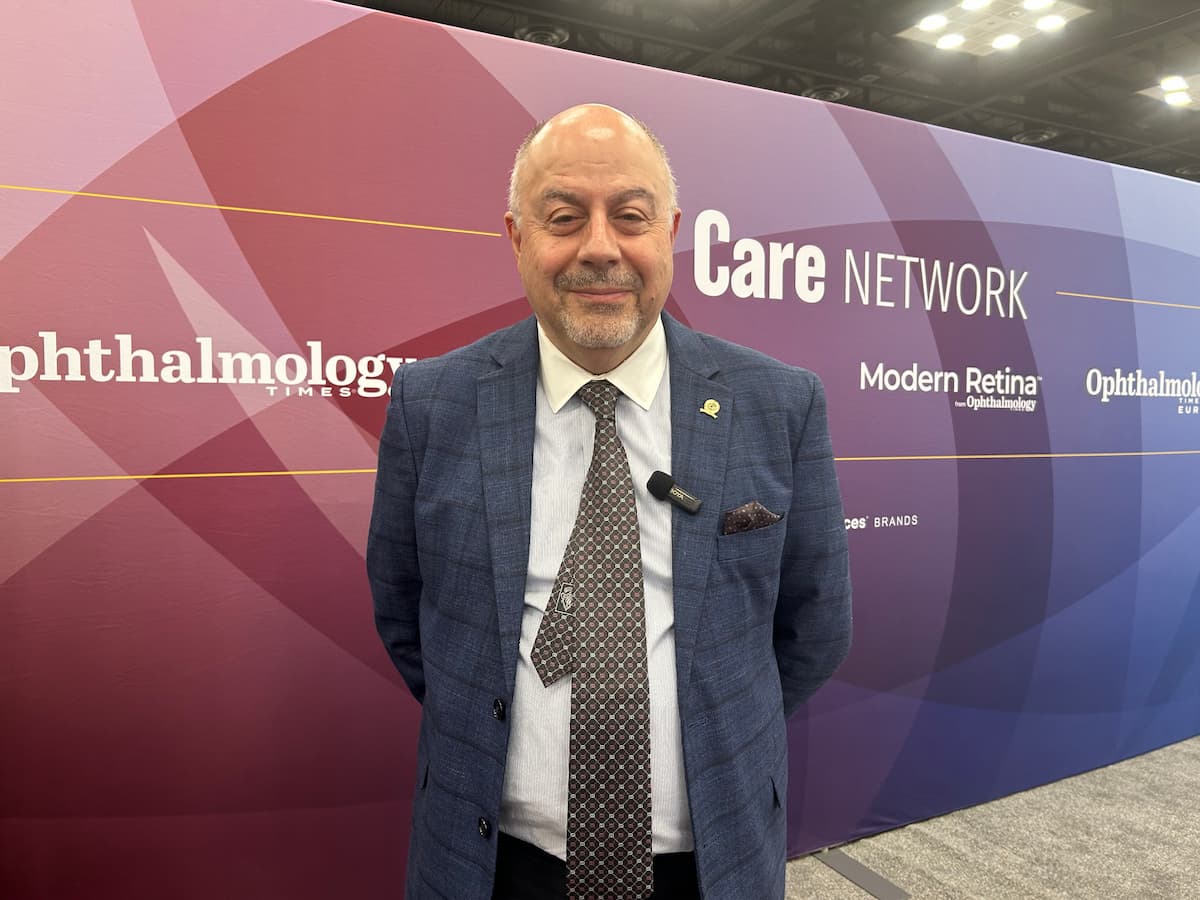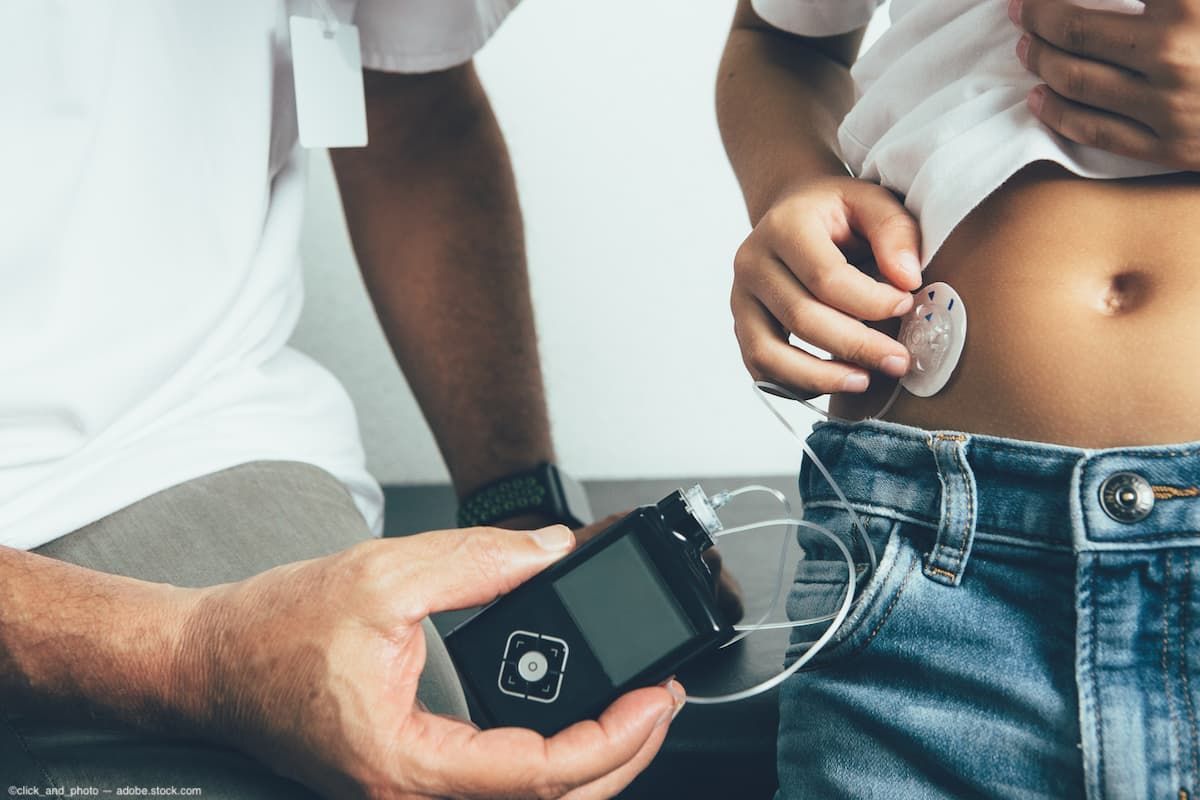
Diabetic Eye Disease
Latest News

Latest Videos

CME Content
More News

A team of researchers from Johns Hopkins Medicine and the University of Wisconsin-Madison conducted a study on the application of autonomous artificial intelligence LumineticsCore and testing for diabetic eye disease.

Understanding the latest innovative technologies.

A research team for the $3.3 million study will assess the front and the back of the eye and different types of glucose dysfunction.
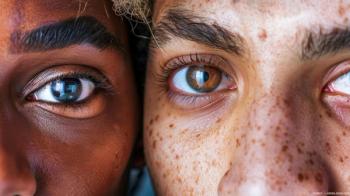
It’s time to act with a few rational and relatively modest proposals.

The 2-year Phase III data demonstrates Susvimo’s potential as an alternative to eye injections to treat diabetic macular edema and diabetic retinopathy.

Prescriptions with semaglutide (Wegovy, Ozempic, Novo Nordisk) are FDA approved to treat obesity and type 2 diabetes, respectively.

Rafieetary emphasizes the importance of follow-up plans and consistent support to prevent patients from dropping out of treatment, which can negatively impact their prognosis.
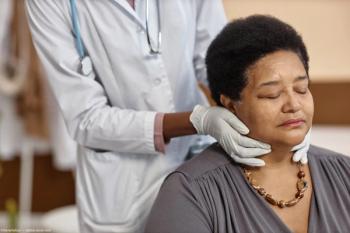
The high-level analysis found in treatment follow-up that 82% of patients administered with TEPEZZA did not report needing any additional thyroid eye disease treatment for nearly 2 years.

Real-world insights can clear the path to trends and strategies to meet patients’ needs.

Amid conflicting findings, factors such as dosage, patient characteristics may affect outcomes.

Conditionally accepted by the FDA as EYO-1901, DURAVYU is a tyrosine kinase inhibitor intended to improve signs and symptoms of non-proliferative diabetic retinopathy in the PAVIA trial.

Older age and longer duration of type 1 diabetes also play a role in the development of diabetic retinopathy, according to a chart review.

The diagnostic screening technology is able to diagnose diabetic retinopathy by using 1 image taken of each eye with over 99% imageability.

The company stated that 46.2% of patients demonstrated a 1- or 2-step improvement in the Diabetic Retinopathy Severity Scale (DRSS) at 40 weeks in the Axpaxli arm, compared to 0% in the control arm.

Bryan Wilson, executive director of medical affairs at Genentech, details why Birmingham, Alabama was chosen as the community to study the effects of diabetic eye disease among African Americans in a new manuscript from the ADA and Genentech.

The manuscript, "Breaking Barriers: Partnerships to Improve Diabetic Eye Health in Alabama," highlights the burden of diabetic eye disease in Alabama, as well as strategies that target racial health disparities within that population.

Kelly K. Nichols, OD, MPH, PhD, FAAO, and A. Paul Chous, OD, FAAO, recap the diverse topics at EyeCon 2023, emphasizing the collaborative spirit between optometrists and ophthalmologists in addressing issues such as myopia management, diabetic eye conditions, cataract surgery, and patient referrals.

Community-based eye care is one of Orbis’s top priorities in the country.

Is telemedicine through retinal images a solution to earlier intervention and increased access to care? Fortunately—and unfortunately—yes.

Counsel your at-risk patients on strategies to minimize severe hypoglycemia.

Optometry Times sat down with Mohammad Rafieetary, OD, FAAO, FORS, Dipl ABO, ABCMO, to discuss his upcoming presentations at AAOpt.

T1D is one of the most common chronic diseases affecting pediatric populations.
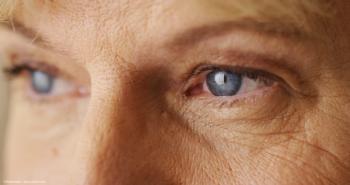
A new study titled, “Prevalence of Diabetic Retinopathy in the US in 2021,” finds that almost 10 million people in the United States with diabetes have diabetic retinopathy.

According to the company, the study has now reached its goal of 300 patients enrolled to evaluate ILUVIEN as a first line, baseline therapy for DME.

A look back on what happened in optometry during the week of March 20-March 24.


